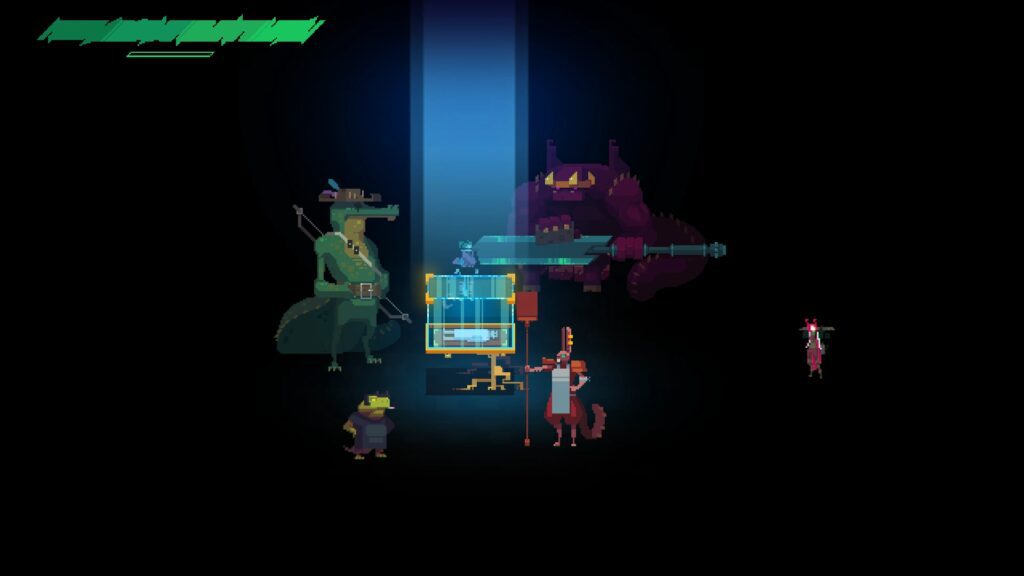The word indie in the video game industry has made its rounds over the years. I wasn’t too keen on them when they first started to become more mainstream; it wasn’t until the PSVita when I began to give them a try. Now, years later, some of my favorite games I’ve ever played are indies. They’re made with so much care; detail; and are, most importantly for a lot of us gamers, affordable. Their development is always one to pay mind to as well.
tinyBuild’s Phantom Trigger is no different:
Two years ago we released Divide By Sheep, a dark humor mobile game created by Bread Team — a duo of game developers that lived on the Ukrainian/Russian near Donetsk, on opposite sides of the border. The game did very well on mobile, and currently holds a 95% positive rating on Steam. I loved working with the team, and we immediately started a Game #2. That game is now Phantom Trigger, and it’s out tomorrow.
To say that the development of the game was difficult is an understatement. Aside from a much bigger scope than the first game, war broke out in the region. Victor, the game’s programmer, moved his family to East Ukraine mid-development. While Denis, the artist, moved to Saint Petersburg. I’ve been working with them and supporting through the whole process, acting as a producer.
The Vita felt like home for indie titles. Whenever one dropped into the Playstation Store, it was the go to way to play. Since Vita’s proverbial death, the Switch has taken the mantle, in my opinion, of a new place for indies to go. PT, not to be mistaken with P.T. — Hideo Kojima’s cancelled Silent Hills game, fits right into that mold with the accessibility and portability of Nintendo’s new system. At first glance, PT is intriguing in its art style and setting. The way in which the story is told is also quite interesting, but I won’t write a word about it because that’s probably the game’s best feature.
PT’S pixelated graphics are by far the most top notch I’ve ever seen. (Side note: I’m not one for any kind of bit-style visuals.) How the player’s character moves through the world and how enemies slink around is a marvel to look at. In handheld mode, PT runs silky smooth without any sort of drop in frames per second and is the ideal way to play. Docked mode, is awesome to see blown up on the big screen, but whenever a dash move is performed the FPS noticeably drops on almost each press of the button.

Although PT’S five worlds all look aesthetically different they don’t play any differently, enemy types never change aside from a minor tweak or boss fights that encourages the player to use all their abilities. The ice blade, flame fist and whip each gain experience through how much or how little the player uses each which then unlocks combos. No matter how far I progressed with the weapons, there was never a move that felt gratifying in combat leading me to button mashing. PT’s gameplay is much too repetitive. Once through the first world, nothing surprises the player anymore.
With four alternative story endings; local co-op; and a $14.99 price point, PT is worth it for a good indie addition to the Switch’s growing eShop library. Despite me having mixed feelings about how everything is executed throughout, especially the lack of a tutorial, and having stopped playing at points out of frustration with its gameplay’s repetition. It’s a solid handheld title that’s gorgeously pixelated with hack n’ slash gameplay and a story that’ll keep you guessing. I know I’ll continue playing to see those multiple endings.
